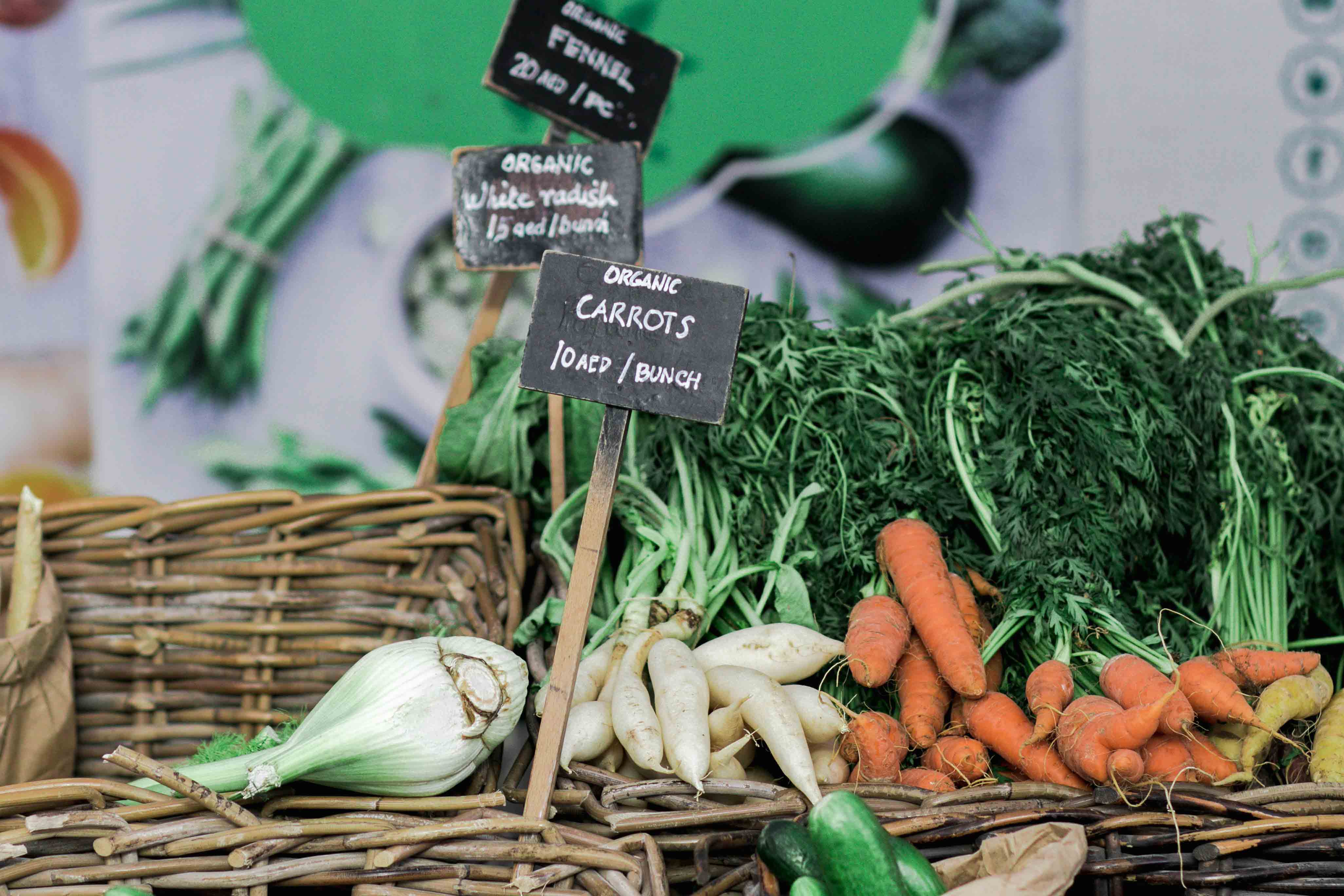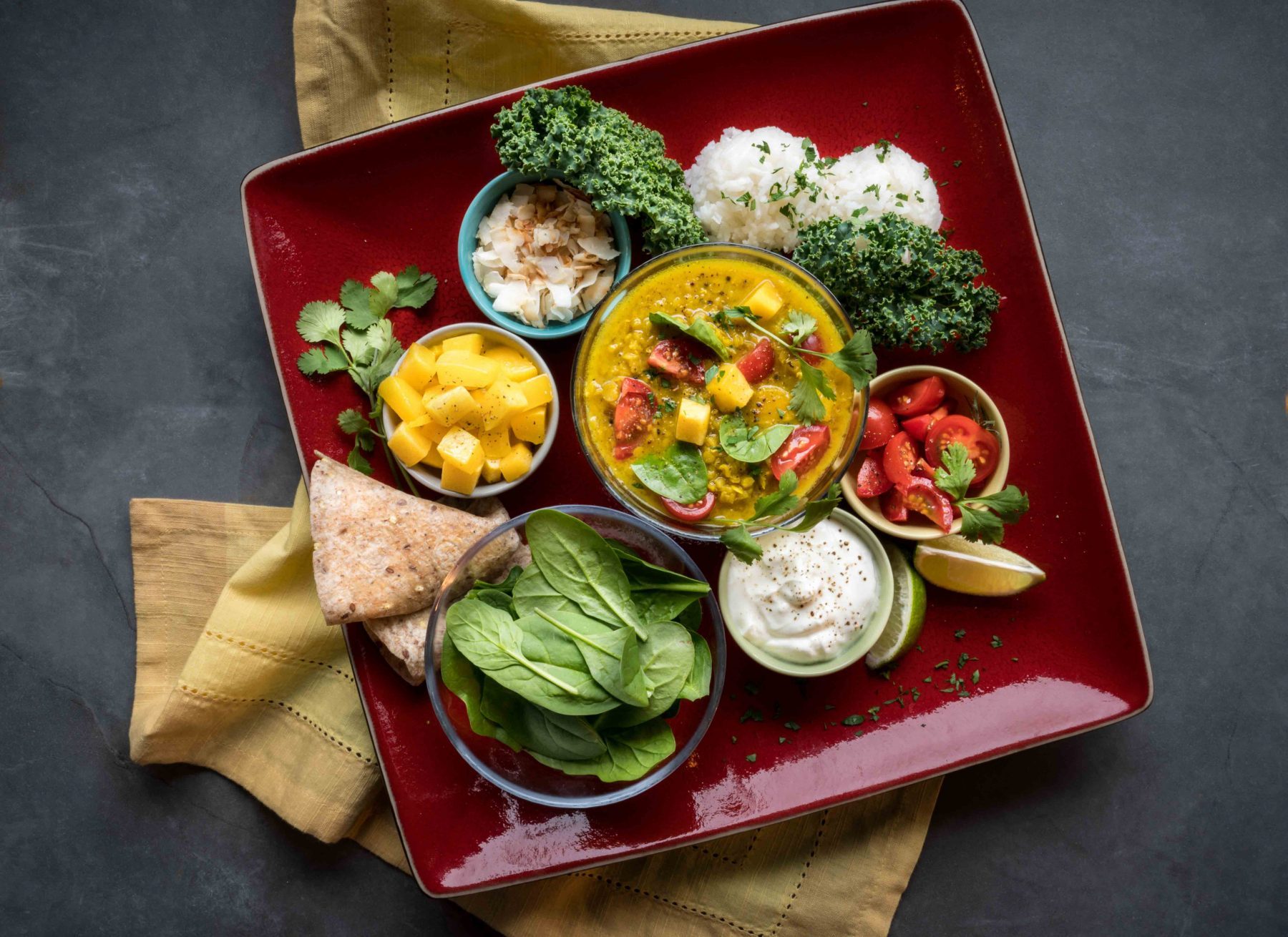To kick off the first week of our Mindful Nutrition Challenge we thought it was important to pose the following question; what makes a food “good”?
“You are what you eat”, or so the saying goes. We grow from tiny babies to full adults, and then regenerate old and damaged tissues during our lifetime by making new cells from the food that we ingest. It follows that the health of our cells is dependent upon the quality of nourishment available to them, right?
What Do You Eat?
So how do you choose what to eat? What factors weigh more heavily for you, and what elements are less of a consideration?
In the first week of Botanica’s Mindful Nutrition Challenge, we invite you to reflect on your food choices to increase your awareness of what you eat. There’s no wrong or right, just an opportunity to be curious and explore your thought patterns around food.
Shop with an Open Mind
While shopping, cooking, and eating consider each food item and what quality it possesses that appeals to you. Did you choose it over an alternative for a reason? For example, if given the choice between food that was conventionally grown somewhere local to you, or organically grown in a country halfway around the world, which would you choose? And why? Would the decision be a no-brainer or would cost, freshness, packaging or another factor sway your purchasing power one way or another?
Shakeup Your Routine
Sometimes our food choices are unconscious. We eat what we were raised to eat and it becomes a habit rather than a choice. This is as true for main meals as it is for seasonings and condiments eaten with the meals themselves. With luck, our parents ate well and taught us to do the same but perhaps there is some hard-wiring from childhood that needs to be revisited and updated. Perhaps not, but there is an opportunity to try something new and exciting food that may be a fad or may become a new food tradition in your household.
Maybe you have a side salad or bread roll with dinner every night simply because it’s the way it’s always been done! Maybe you’ve never tried kimchi, or plantain, or marmite because you were never exposed to it growing up…but maybe you LOVE it and just don’t know it yet! I can name a handful of people who thought they hated brussels sprouts just because they had only ever tried them boiled, but once they had eaten them roasted in olive oil they had a new favourite green vegetable and couldn’t get enough of them! And that’s just one food.
Breakfast is the meal that can most easily shake up a routine. The food industry has done a good job of convincing us that the first meal of the day should be toast and jam, or eggs and bacon, or cereal and milk, or pancakes and sausage, or a muffin or a bagel. Offer someone, or yourself, a salad topped with salmon first thing in the morning, or a bowl of stew, or shepherd’s pie and the response may be one of confusion! “But that’s dinner food!”???
What Dietary Restrictions Guide Your Food Choices?
Many diets involve a very conscious approach to food. Gluten-free, vegan, vegetarian, food allergies or intolerances, and/or religious restrictions force us to go beyond the obvious sources of avoided foods. Celiacs may have difficulty in many Asian restaurants due to wheat in soy sauce, while vegans need to be aware of hidden sources of gelatin, honey, and milk solids (which are found in a surprising number of crackers!).
Some dietary choices lead to restrictions that create frustration or resentment around food. But remember the old saying “When one door closes, another one opens…somewhere.” There can be a wonderful journey of discovery in trying a different way of eating for a set period of time, whether you approach it as a body cleanse or a learning opportunity in the kitchen. What will you eat if you cut “X” from your diet for a month? What if you set yourself a 30-day challenge to actually eat all 7-10 servings of fruit and vegetables that Health Canada recommends on a daily basis?
Don’t Forget to Reflect!
A food journal now, at the beginning of the journey, and another after a period of mindfulness around eating, or near the end of a foodie experiment can be enlightening. We think we know what we eat but seeing it in the fine print, or as a series of pictures on your phone – meals or shopping baskets, may help us to gain a deeper understanding into ourselves of what we use to fuel our bodies and physically recreate our future selves. Remember, we have a helpful worksheet that you can download here and take with you where ever you go!
Share your experience with us through social media by tagging @BotanicaHealth #MindfulNutrition on Facebook, Twitter, and Instagram.


